Patterns
Kits
sundries
knitting tools, buttons and notions, project bags and other pleasing little things
knitting tools, buttons and notions, project bags and other pleasing little things
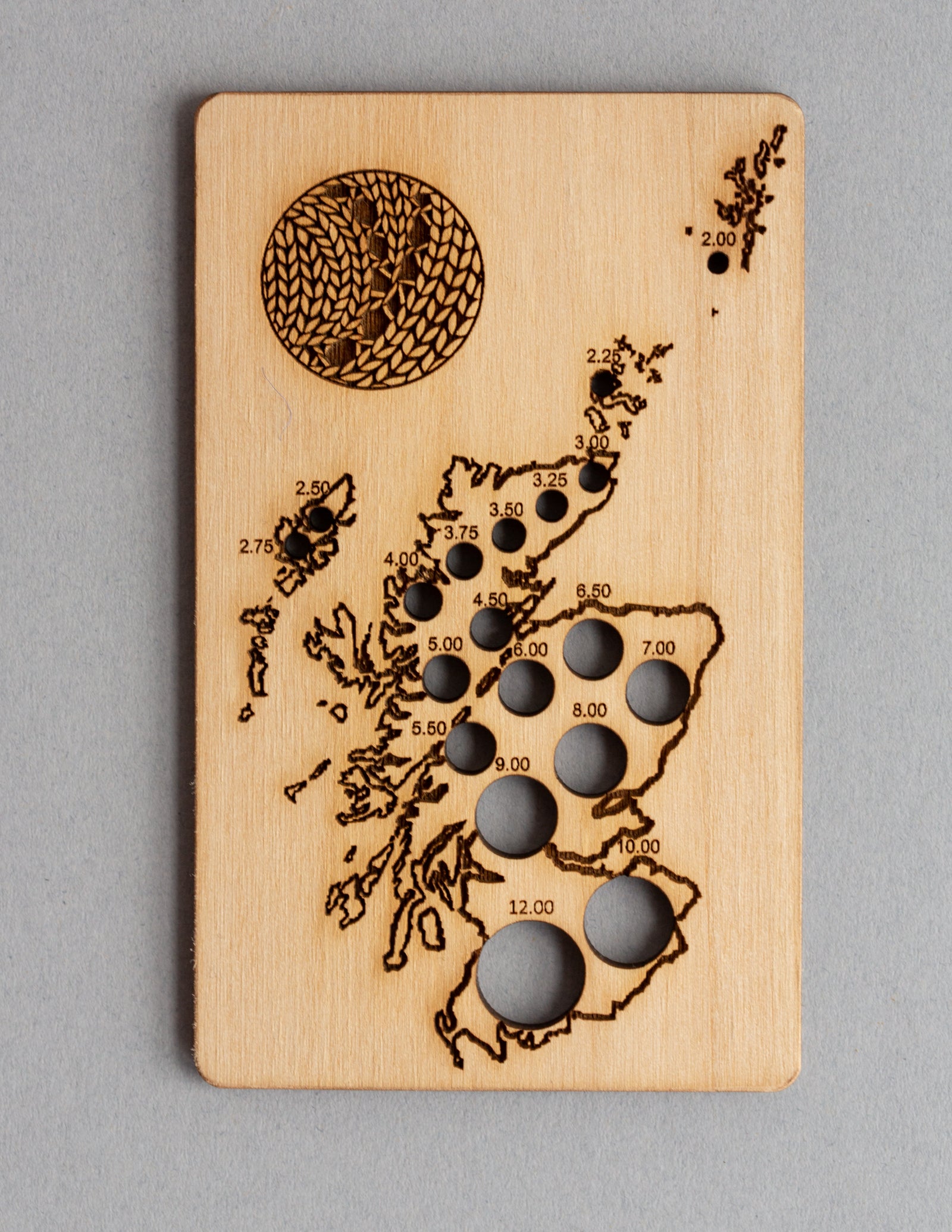
Exclusive Scotland needle gauge by Katrinkles
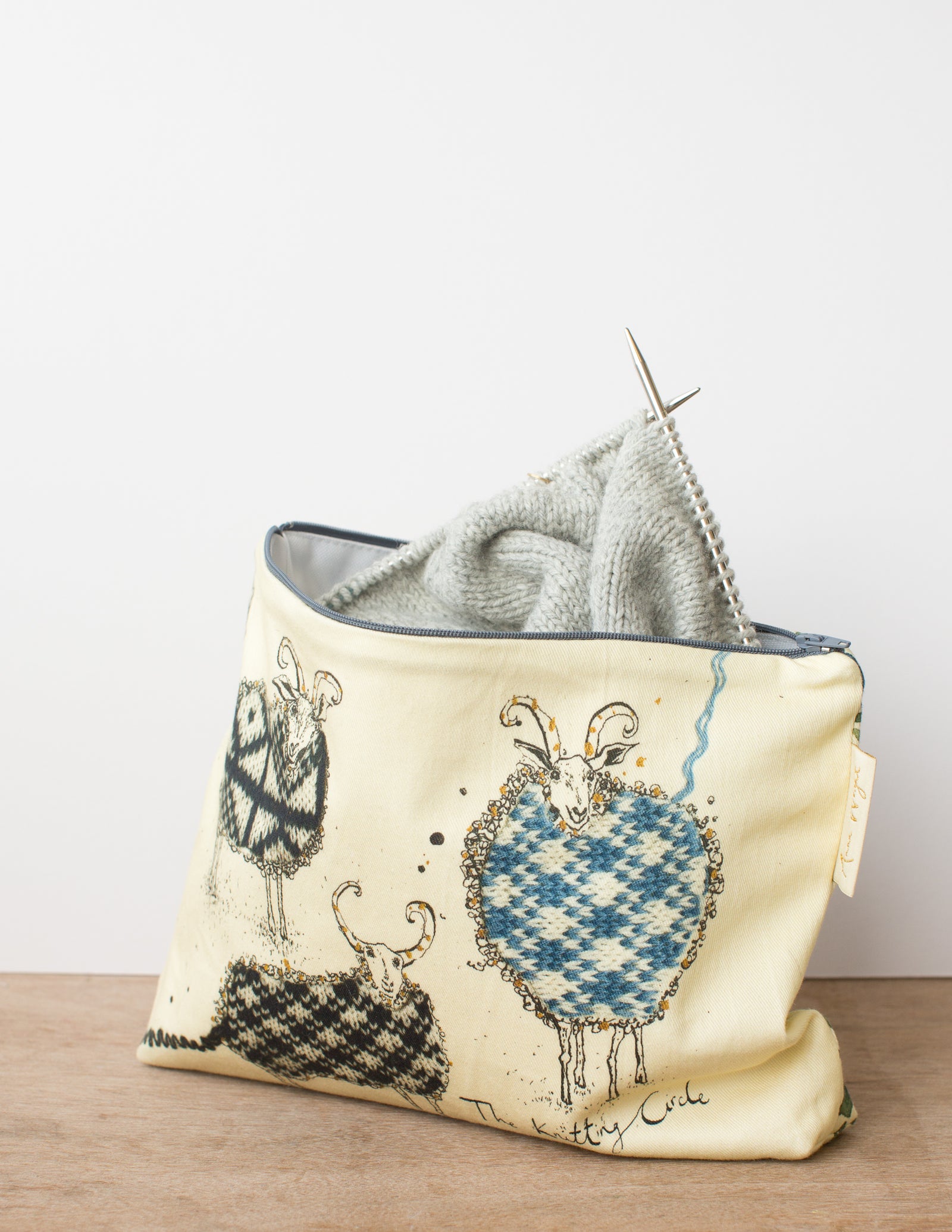
Zippered pouches in two sizes by our studio neighbour Anna Wright
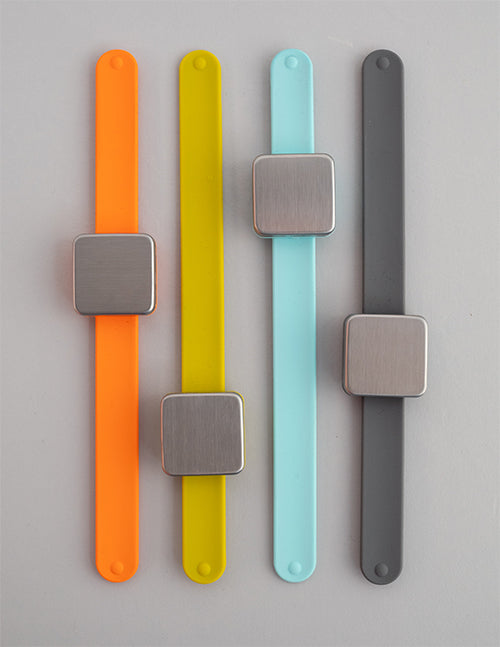
keep small tools accessible with the Maker's Keep
gift 2019
Subscribe to our Colourwork Club for a gift that lasts well into the new year. Your recipient will receive a new colourwork kit in Janurary, February and March
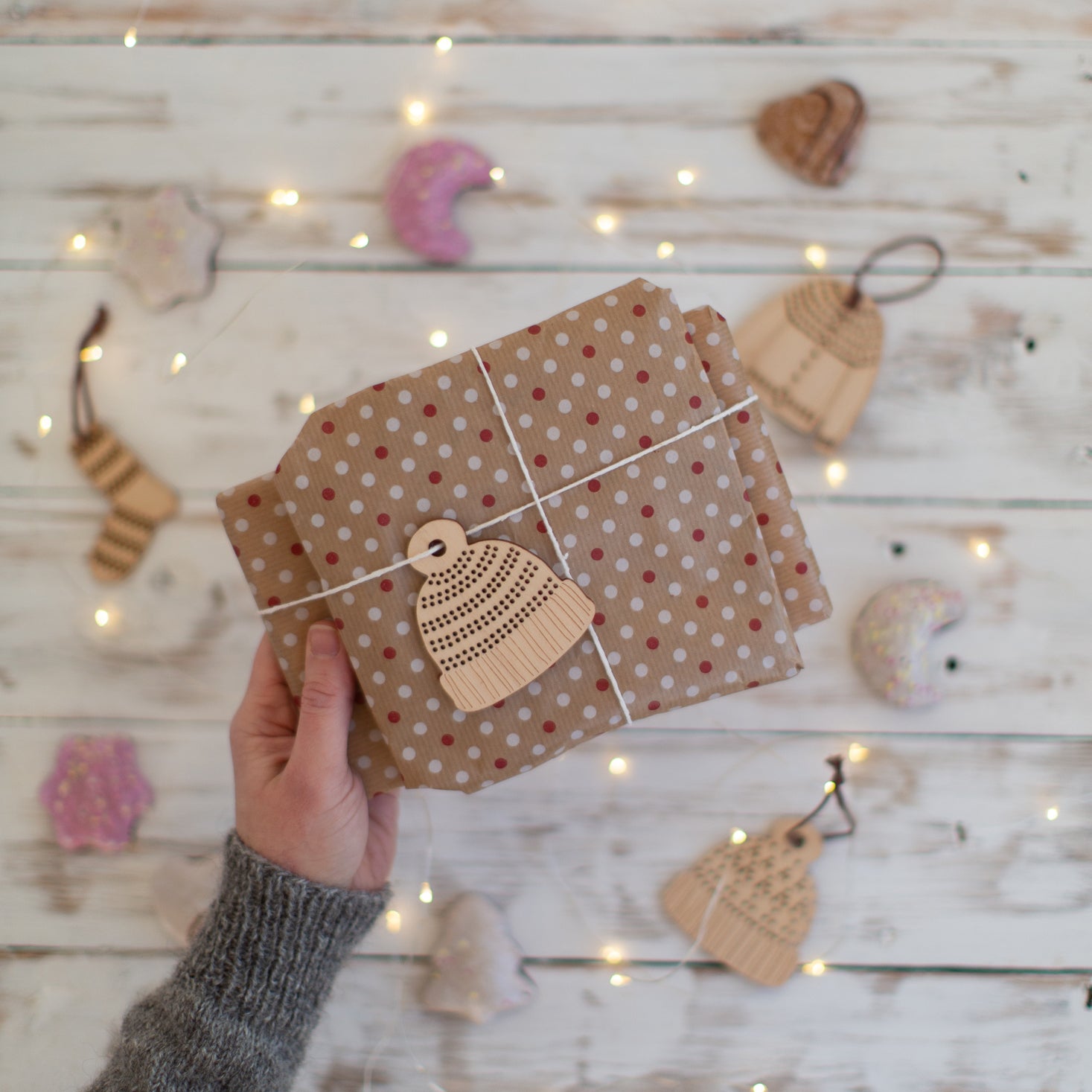
Subscribe to our Colourwork Club for a gift that lasts well into the new year. Your recipient will receive a new colourwork kit in Janurary, February and March
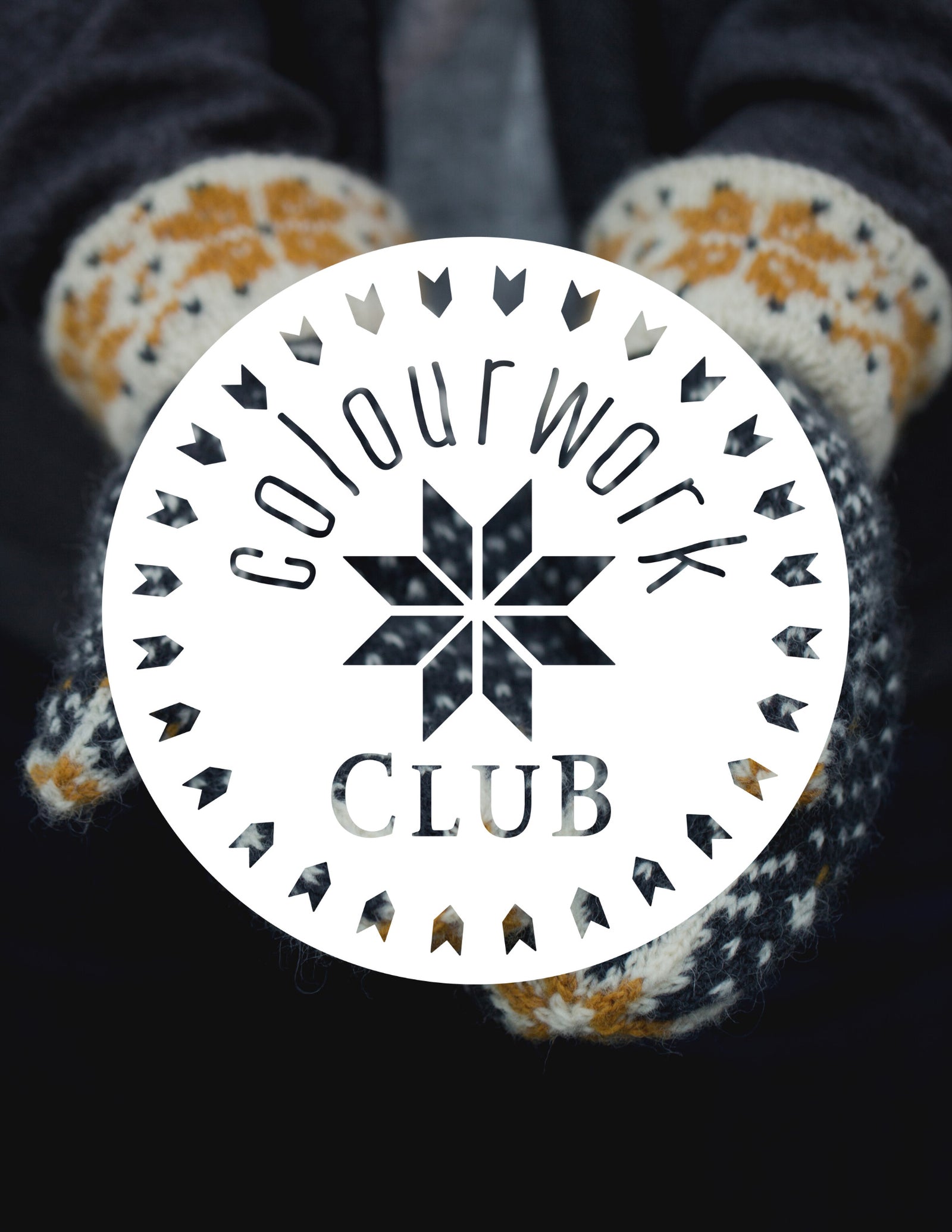
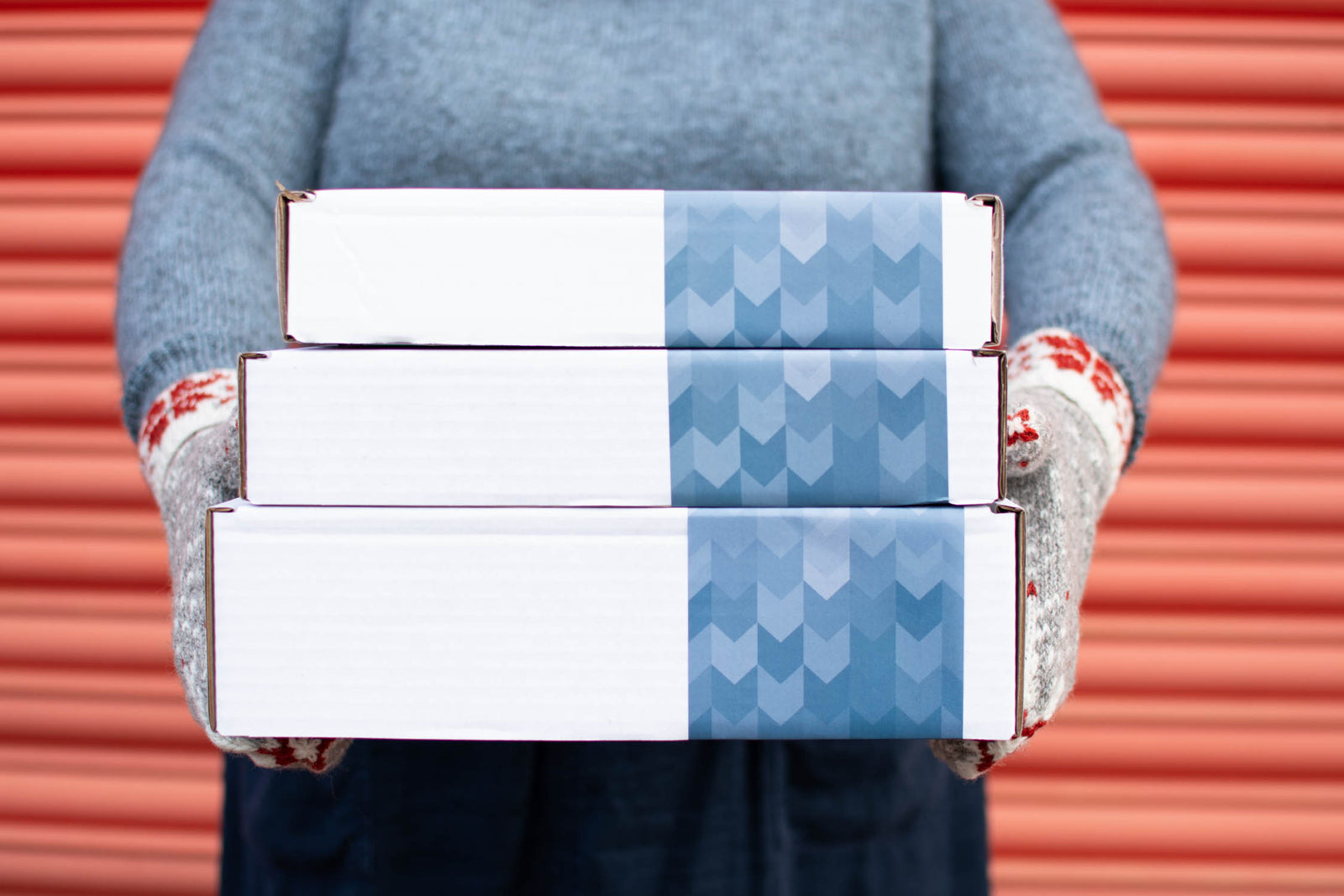
Last minute shopping? Gift cards are delivered electronically - forward the email or print it for your recipient. A range of amounts are available and gift cards don't expire.
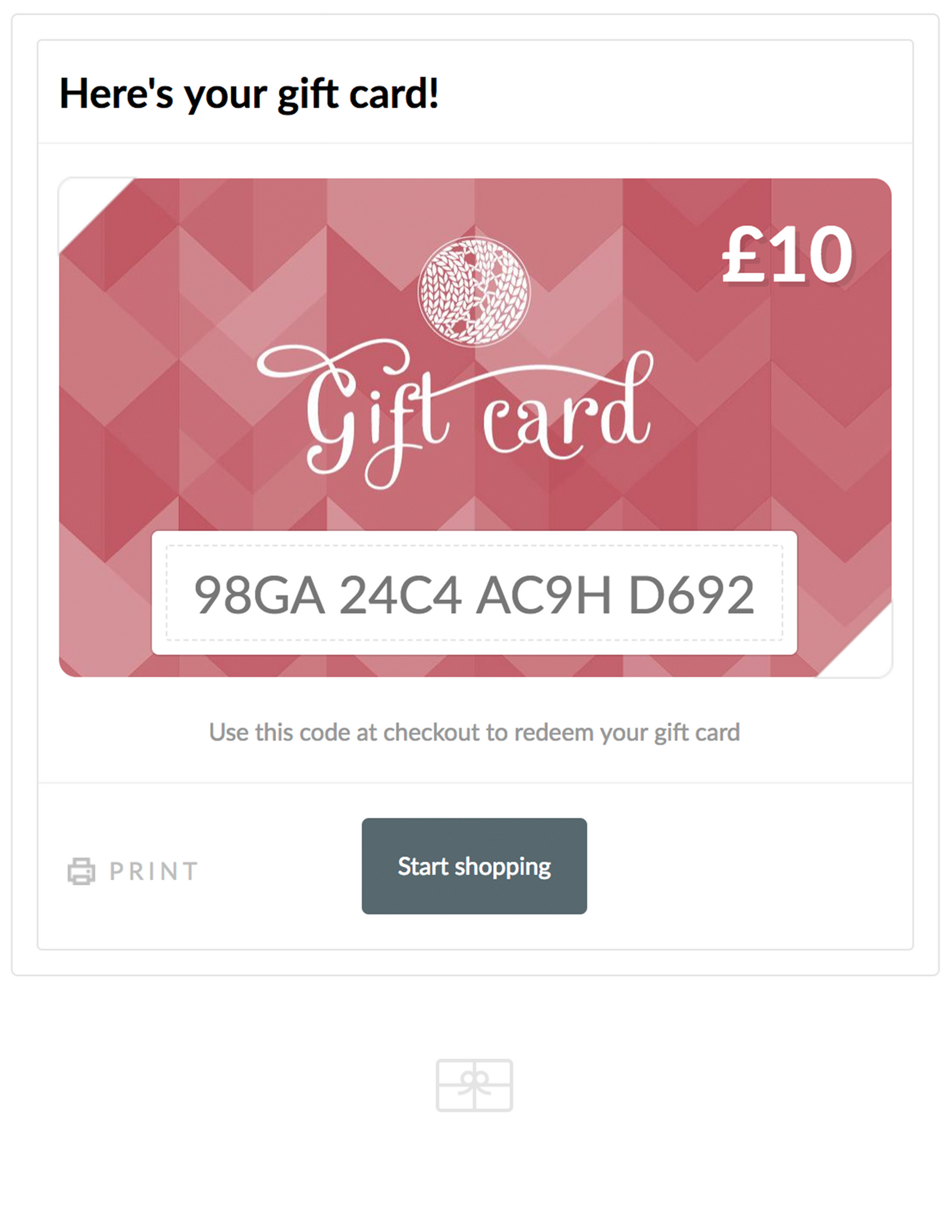

How to Knit Your First Sweater
October 03, 2020
Are you thinking about knitting your first sweater? We want to help by suggesting good beginner sweater patterns, free tutorials to get you started and recommendations to help get that first hand knit sweater into your wardrobe.
Easy knit sweaters can be some of the most satisfying projects to make and wear. Knitting your first sweater can often feel like a daunting thought - will it fit me? will I ever finish it? - but with a good beginner sweater pattern and a few basic techniques you'll soon be wearing a handknit sweater that fits you perfectly, and that you love.
Skills to master before knitting your first sweater
Before starting your first sweater it's a good idea to be comfortable with a few basic skills first. You'll need to be able to cast on to get those first stitches on your needles, bind off and make the knit and purl stitch. It'll help if you are able to read a basic knitting pattern and know some knitting terminology, or be able to use the abbreviations list in the pattern for any terms you're not sure about.
Sweater patterns almost always require stitches to shape your knitting to your body, usually increases and decreases. If you're new to these it would be a good idea to practice by casting on some stitches and trying out decreases like k2tog (a right leaning decrease) and ssk (a left leaning decrease) as well as increases like mL1 and m1R (make one left or right.) The abbreviations list in found in all our patterns describes how to perform these stitches as well as explaining the knitting terms used.
What to look for in a beginner sweater pattern
There are some great patterns for beginners - look for patterns worked in the round so finishing is minimal, with simple shaping, in stockinette or a simple stitch pattern.
Glenmore is one of our recent sweater designs that many people used to knit their first sweater. It's quick to knit in a chunky yarn and we have a full set of tutorials to help you at every step of the way.


Ysolda's Blank Canvas design is also a great option for first sweater projects. It has clear directions, is shaped with simple increases and decreases and you get a perfectly fitted sweater when you're done!


I saw this sweater IRL. It’s gorgeous and perfect for learning all the shaping tips Ysolda will teach you! Until 3 weeks ago, when I cast on my first of two Blank Canvases, I had made two sweaters in the almost 9 years I’ve been knitting and they were both horrible failures. I’ve now made two fabulous versions of this pattern (one strictly following directions, one with mods/extras) in three weeks and I’m forcing myself to do something else before I cast on another! Thankyouthankyouthankyou for this perfect pattern! Melodypants on Ravelry
If you're feeling adventurous and keen to try a little colourwork in your first sweater, our Bleideag design might be just what you're looking for. It has a simple construction and in a thicker yarn means it'll be keeping you cosy in no time. We also have a tutorial here on knitting Bleideag, which describes the construction in a little more detail and has helpful links for some of the techniques.


Tips and Tutorials
Gauge
One of the most important things to get right when knitting a sweater is gauge, or the number of stitches and either rows or round that you create in a 10cm square of knitting, using your chosen yarn. Making sure that your gauge matches the gauge noted in the pattern is vital if you want your sweater to turn out the right size. Knitting a sweater that doesn't fit is no fun at all, right? You can read more about checking your gauge, also known as knitting a swatch in our tutorial here.
Many sweater patterns are knit in the round, meaning that you create the back and front at the same time by knitting a loop of fabric. Knitters often find that their gauge (or tension) can be different when knitting this way, rather than backwards and forwards along a row. If the sweater you've chosen to make is knit in the round it's important to knit your swatch in the same way, and you can find our tutorial on a quick way to do this here.
Sizing
All our patterns have clear diagrams, or schematics of the design with key measurements for all sizes. Having an accurate set of measurements of your own body is crucial to getting a sweater that fits in the way you want it to, and if you don't know these having someone who can help measure you accurately can be so useful. Read more about choosing a size to make in our tutorial here.
Are you lost in your knitting? Keeping track of where you are in the pattern can be tricky, especially if you're knitting up a body or sleeve and get a little distracted... Our tutorial on how to keep track of rows might be useful!
How do these pieces of knitting turn into a sweater? Both Blank Canvas and Ravelston are knitting from the bottom up, meaning that you create a loop of fabric for the body up to the armholes and two sleeves, and then join them together to knit the yoke. This can sound a little daunting if you've never tried it, but we promise is very straightforward when you have your knitting in front of you! We also have a tutorial on how to join the sleeves and body here which should help you visualise and work through this point.
Happy knitting!
If you're starting your first sweater project we'd love to know how you get on. Remember you can tag your projects with #Ysolda, and #YsoldaTutorials so that we can all encourage you and admire!
Also in Journal
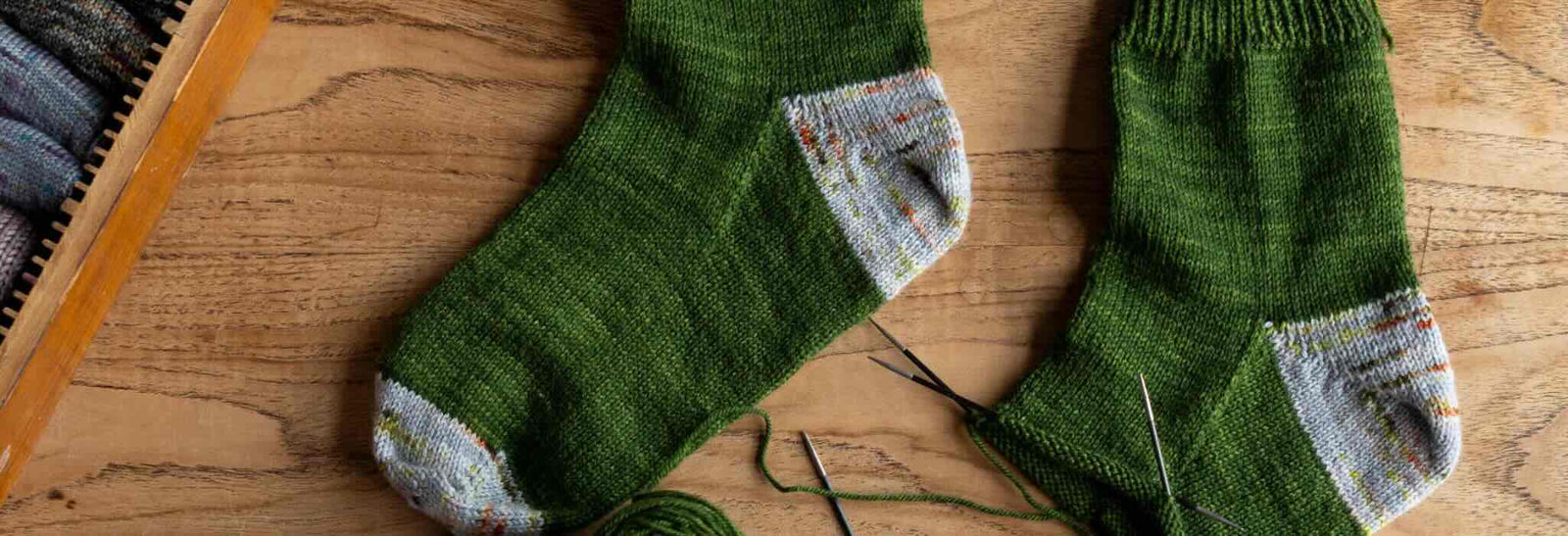
Deep Shadow Heel Tutorial
September 25, 2025

20 Years of Ysolda Knitting Patterns: Part 2
June 23, 2025

20 Years of Ysolda Knitting Patterns: Part 1
June 19, 2025
Recent Articles
-
Deep Shadow Heel Tutorial
September 25, 2025
-
20 Years of Ysolda Knitting Patterns: Part 2
June 23, 2025
-
20 Years of Ysolda Knitting Patterns: Part 1
June 19, 2025
-
Learn to Knit: Mattress Stitch
March 29, 2023
-
How to Knit a Scarf: A Beginners Guide to Scarf Knitting
March 23, 2023
-
Learn to knit: the long tail cast-on
February 03, 2022
-
How to Graft Your Knitting
December 09, 2021
-
Crochet Provisional Cast-on
December 02, 2021
-
Learn to knit: How to knit in the round with double pointed needles
November 25, 2021
-
Learn to knit: How to knit in the round using the magic loop technique
November 25, 2021
Free resources
-
KALS, step-by-step pattern guides and free patterns
Learn brioche with the free Daniel's Hat pattern
Tombreck - a free chevron beanie pattern
Working the brioche neck detail on the Polwarth sweater
Installing a zipper and ribbon, finishing wee Carson
Yarn colour ideas for Threipmuir sweater
Additional colourways for the Joy mitts (choose your pride flag)
How to join the shoulders on Wardie
How to join the pockets on Granton and Wardie
Finishing Resources for Granton
Broughton mittens tutorial part 1
Broughton mittens tutorial part 2
Broughton mittens tutorial part 3
Basics
Casting on
Decorative Channel Island Cast-on
Binding off
3 Easy Stretchy Bind-offs (p2tog bind-off; k2togtbl, k1 bind-off; Jeny's surprisingly stretchy bind-off)
Tubular Bind-off for brioche stitch
Increasing
Paired increase methods compared
How to continue in pattern while increasing and decreasing
Decreasing
Brioche stitch double decreases
Knitting in the round
How to Knit in the round using Magic Loop
How to Knit in the round using DPNs
Short rows
Swatching and gauge
Tips and tricks
Avoiding ears when binding off
Tighter purl stitches for neater cables and ribbing
Cabling without a cable needle
How to knit more symmetrical yarn overs
Bust darts in sweaters with all over stitch patterns
A magic formula for evenly distributing shaping
Superwash v Non-Superwash Wool
Picking up sts from the middle of the fabric
Reading knitting patterns
Understanding "continue in pattern"
Help! Where am I in my knitting project?
Using charts, even if you hate them
Finishing
Garment knitting
Joining the body and sleeves on a seamless bottom up sweater
Sizing
Ysolda’s sizing chart for knitwear designers
Inclusive garment knitting
How to pick a garment without a model for you (specifically addresses finding garment patterns when your gender identity isn't represented and the styles you want to knit might not be sized to fit your body)
How does ease affect inclusive size ranges?
Specific stitch patterns
Lace
Identifying and fixing mistakes in lace knitting
Colourwork
Getting started with stranded colourwork
Understanding colour dominance
Working stranded colourwork over small circumferences
Decreases in stranded colourwork
Holding the yarn for stranded colourwork
Ladderback Jacquard (a neat way to deal with long floats)
Cables
Cabling without a cable needle
Cabling without a cable needle on the wrong side
How to knit cabled decreases
Closed ring cable increases and decreasesBrioche
How to work brioche stitch in the round
Other crafts
Cross stitch
How to begin your first large cross stitch project
How to finish a cross stitch project with an embroidery hoop frame
Mending

Sign up today
Find out the latest news from the studio such as sales, pattern releases, and new workshops or KALs our learning community, The Knitwork. We also share helpful tips and exclusive subscriber discounts...



